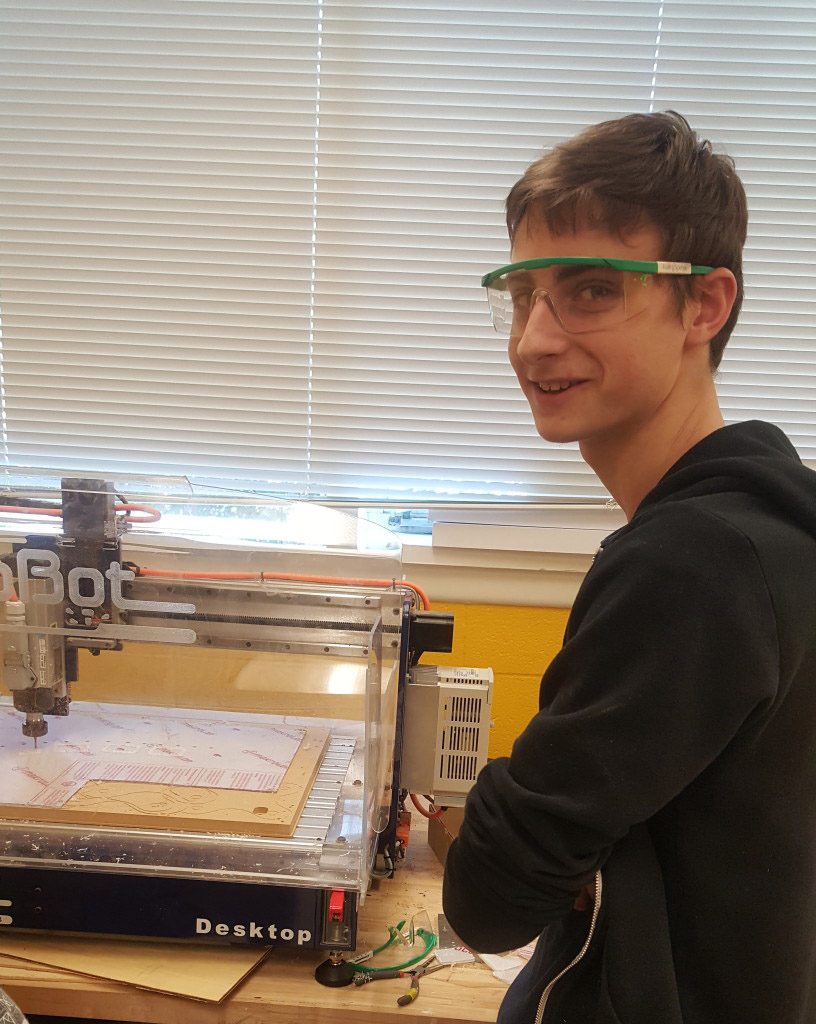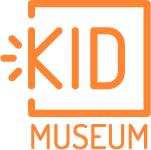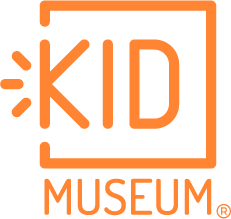Ari Mindell – KID museum High School Apprentice & Educator
I teach at KID museum because I love sharing my passion for programming and electronics with kids. Kids have an incredible potential to create unique projects with these complex but powerful tools.
This technology has the ability to bridge the virtual and physical worlds. Programming real-life sensors and robots makes the words you type on the computer feel like an incantation. We programmers become magicians, manipulating reality with our spells. This is so powerful because it rewards kids for writing a successful program. Writing a clever math algorithm makes you feel pretty smart, but programming a laser trip-wire makes you feel unstoppable.
I designed a five-week class teaching kids how to program a versatile micro-controller called an Arduino. The Arduino accepts a C++ program, which tells it how to operate any connected sensors, lights, motors, or other electronic devices.
We started simple, by writing programs to control a line of LED lights. Next, we used the same LED lights to create a virtual dice. At the press of a button, the program generated a random number of LEDs to light up. The most valuable lesson in this project was actually the button. The button taught us how to read and manage input on the Arduino, where we had previously only used output.
The next week, we moved to more complex outputs. We learned how to operate a servo motor, a special type of motor which can be told to move to specific positions. This makes it very useful in projects like robots and robotic arms, but also much more difficult to program than regular motors.
As we neared the end of the class, I challenged the kids to figure out how to use an ultrasonic distance sensor without my help. They worked in teams, and raced each other to find a working solution to measure the distance. Each team arrived at their own unique solution.
Finally, as a closing project, I brought in a massive kit with 24 different kinds of sensors, motors, and lights. I allowed the kids to pick any item, and teach themselves how to use it. They came up with a slew of incredible results. Some of my favorites include the laser-trip wire (mentioned above); a way to send messages to a computer using a typical TV remote; and a combination temperature, flame and smoke sensor to accurately detect house fires (thankfully untested!).


